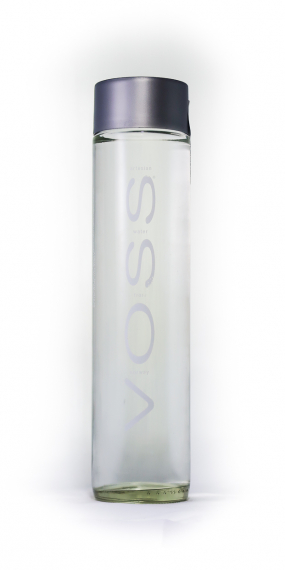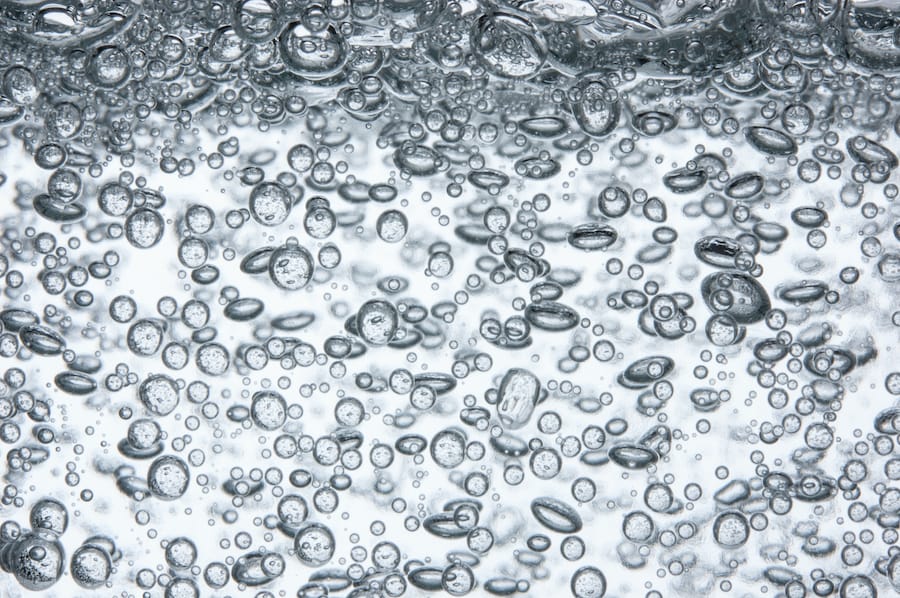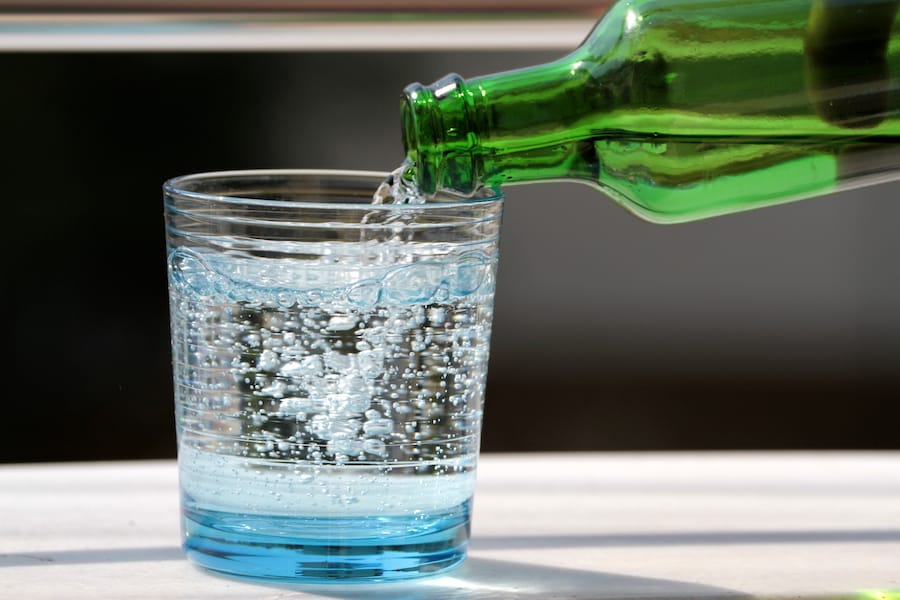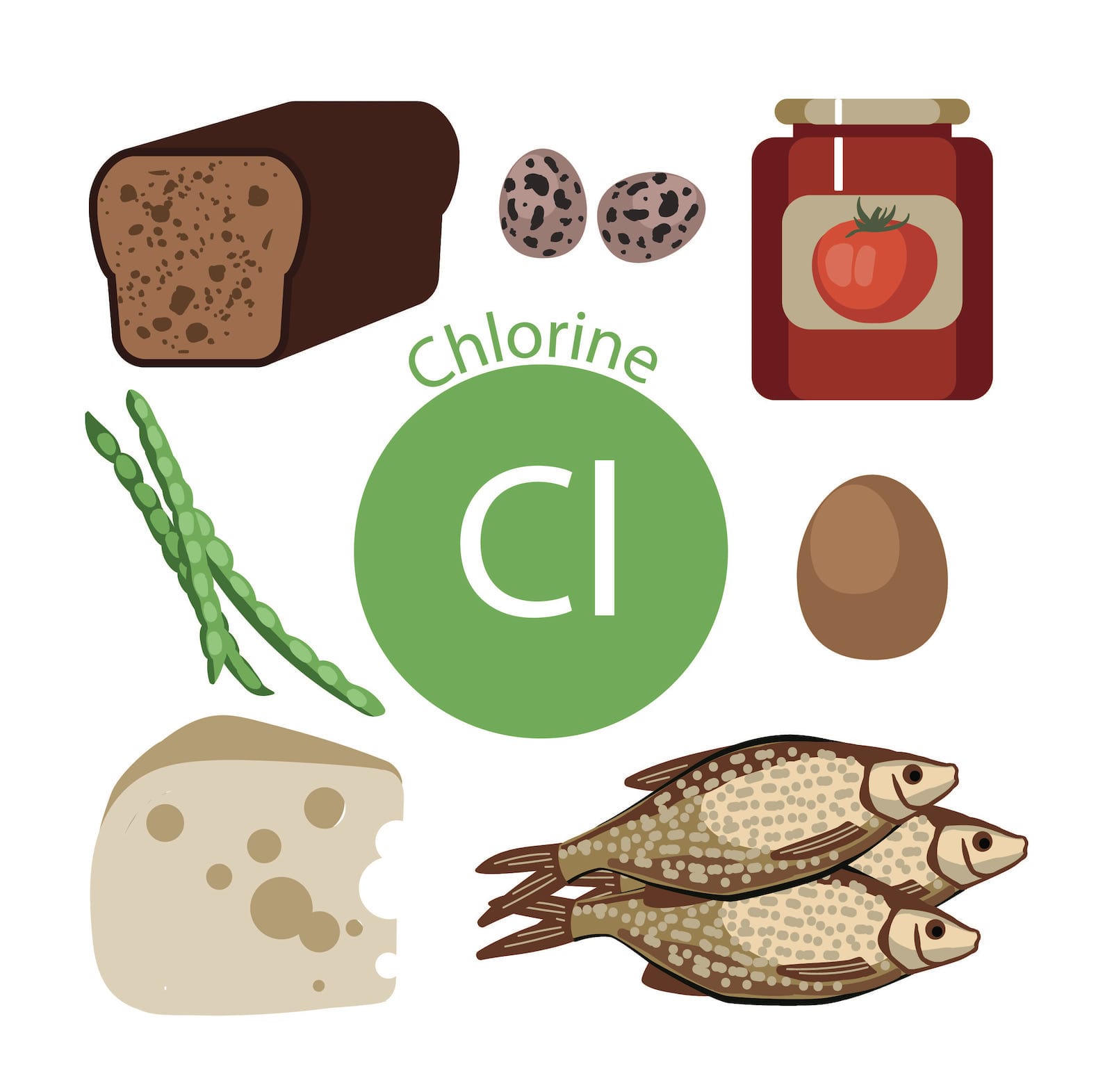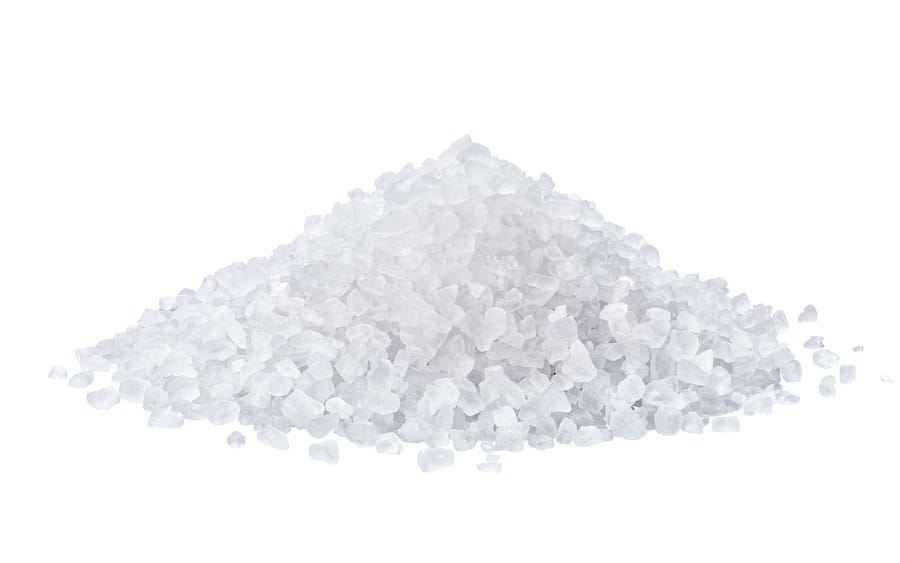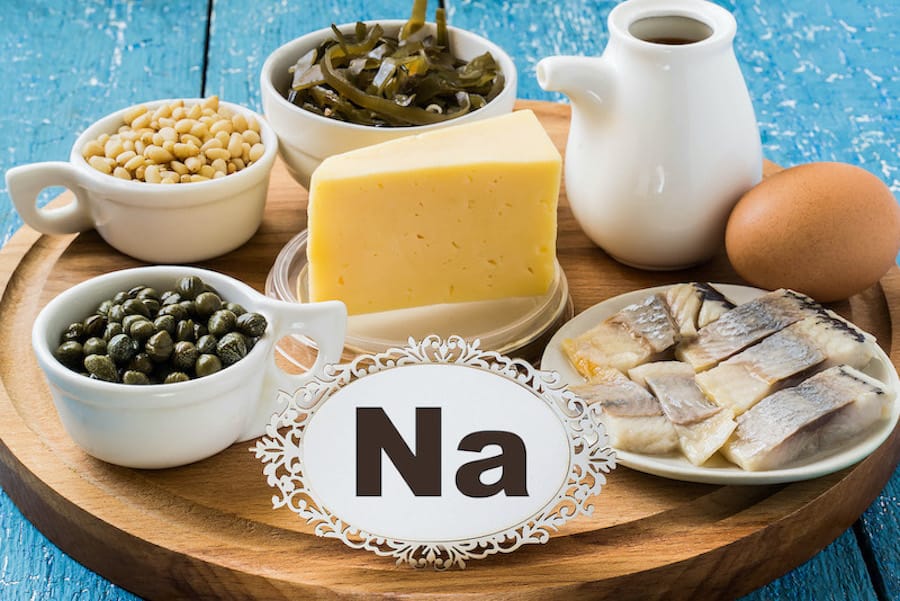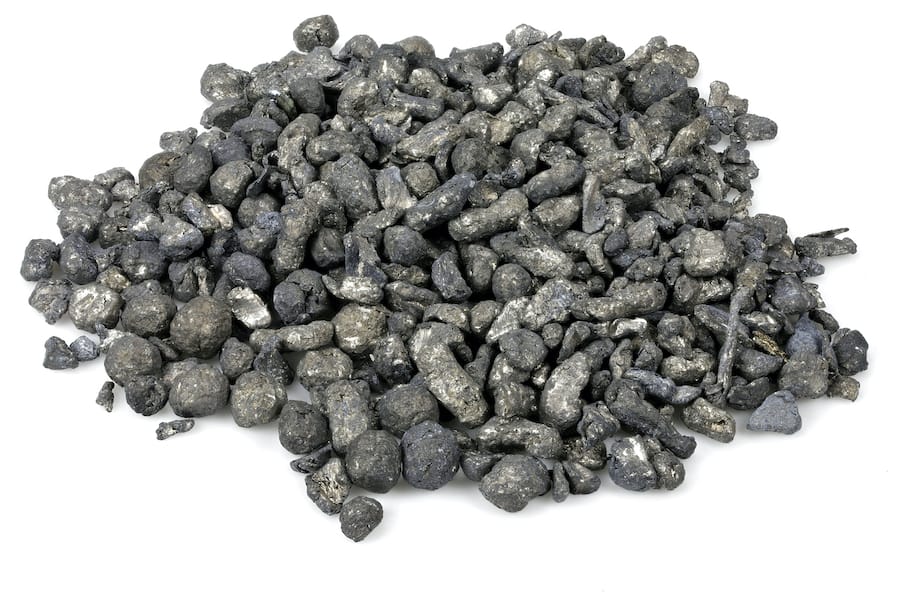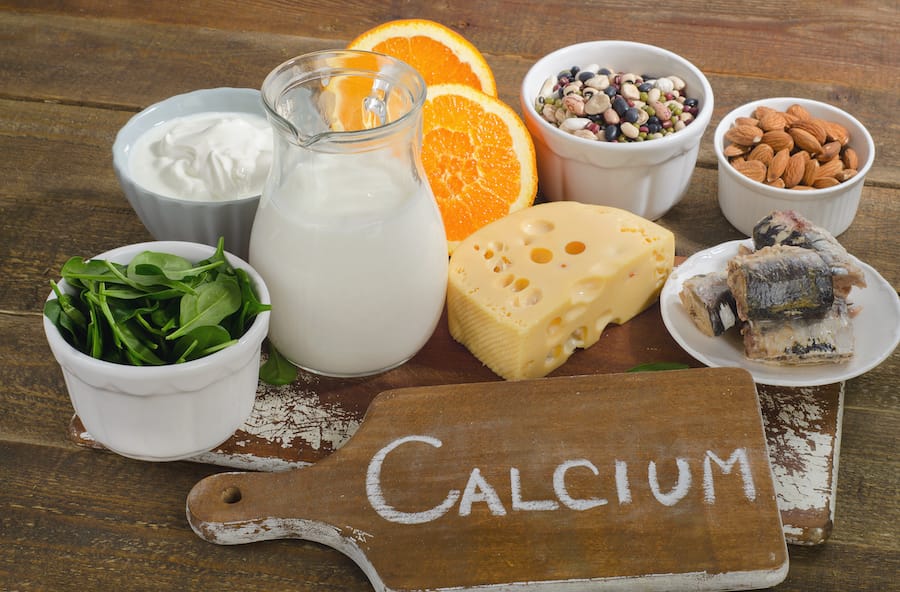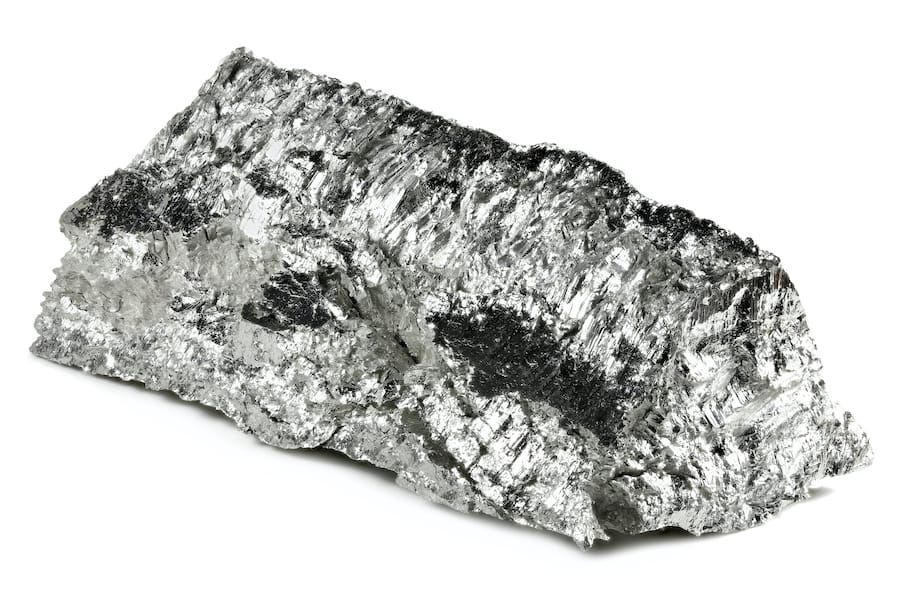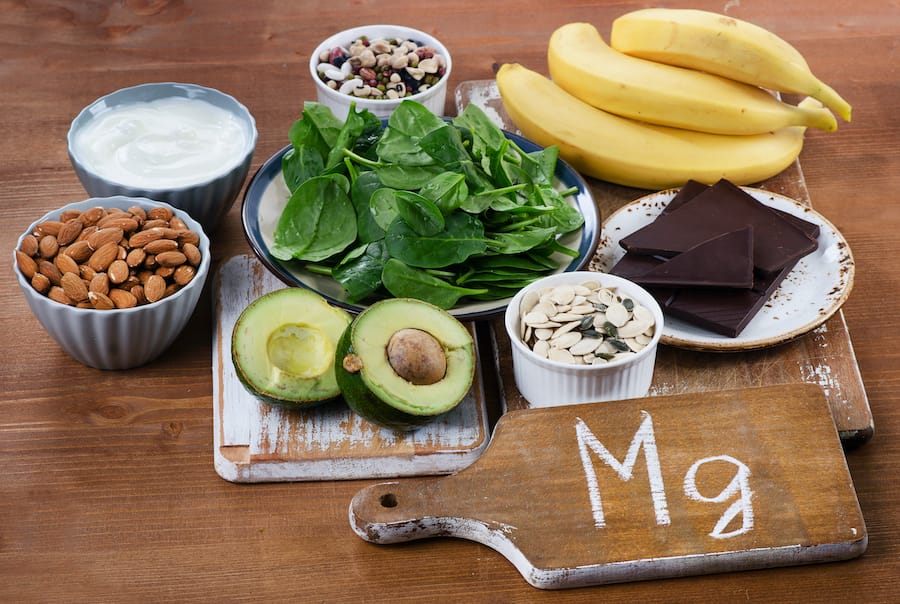Good for:
Low Sodium
Ultra Low TDS
Daily mineral norm
Water mineral content ratio to total recommended daily mineral intake (%)
Mineral composition
Cl (Chloride)
12.00 mg/l
Na (Sodium)
Poor
6.00 mg/l
Ca (Calcium)
5.00 mg/l
Mg (Magnesium)
1.00 mg/l
About Source
Natural Spring Water
There are 3 main categories of water types: Natural Mineral Water, Natural Spring Water and Drinking Water (Table water). Each of them has different certification requirements and standards. Both Natural Mineral Water (Medical Water) and Natural Spring water cannot be mixed with other water types and nothing must be added or taken out from the water. These two water types must stay natural as they are and must be bottled only at the water birthplace from the underground source. Exceptionally, iron may be separated. It has a natural content of minerals, but it does not have to be always constant. On the label, there must be written Natural Spring water.Packaging
-
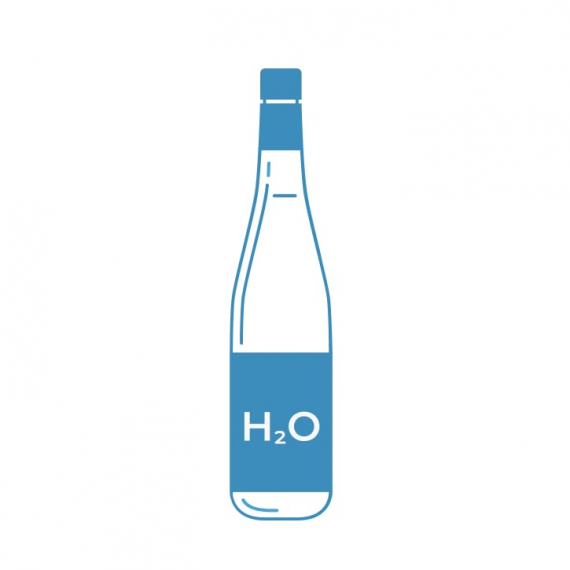
Material Glass 0.375l
Any water wishes to be bottled in a glass bottle. It is a safe non-reactive material. Don't leave the bottle in the car in direct sunlight, it can have a magnifier effect and damage the car.
